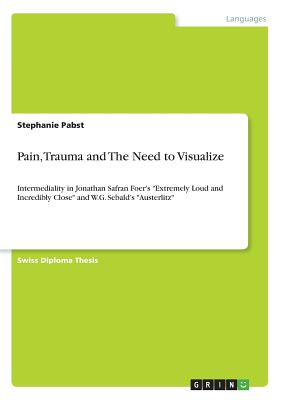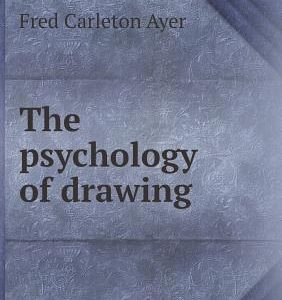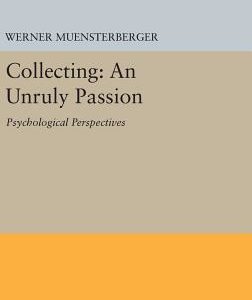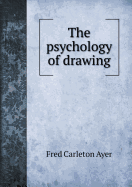Pain, Trauma and the Need to Visualize
$47.61
Description
Swiss Diploma Thesis from the year 2008 in the subject English – Literature, Works, grade: 1.5 (Schweizer Skala: 5.5), University of Bern (English Department), language: English, abstract: W.G. Sebald and Jonathan Safran Foer stem from a different background in cultural, historical and local terms. Whereas Austerlitz is the last work of Sebald, which he finished shortly before his unexpected death, Extremely Loud and Incredibly Close is only Foer’s second novel, finished at the age of 27. However, both novels do not only both circle the subjects of trauma through war, the loss of parents by the hand of the enemy and the impact of memory. They also both use graphic representations as an autonomous layer in their narratives. These graphic representations – photographs, maps, drawings, flip-book collections, etc. – are generally used in various ways to visualize meaning. The main protagonists, Austerlitz and Oskar, serve as both the collectors and creators of these representations within the narratives. As different as they are, both Austerlitz and Oskar, as well as Oskar’s grandparents, have suffered traumatic experiences by war and the loss of loved ones. The pictures that have been integrated in the narratives execute various functions on different levels along the way of their stories. On the intrafictional level, they act as visualizations of pain and trauma, proofs of existence and identity, evidence of history, media of documentation and verification, surrogates of experience and means of expression. On the extrafictional level, they serve not only as a means to carry on with the narrative on a visual level, but also as a reminder that pictures are always open to numerous interpretations and do not necessarily contribute to authentication, realization and truth as they are often perceived to do in everyday life. Rather, they give way to fictionalization, and to the construction of one’s very own version of an explanation, which can be either a way of coming
Author: Pabst, Stephanie
Topic: Language Arts / Linguistics / Literacy
Media: Book
ISBN: 3640636910
Language: English
Pages: 114
Additional information
| Weight | 0.35 lbs |
|---|---|
| Dimensions | 8.27 × 5.83 × 0.27 in |















Reviews
There are no reviews yet.